"Patterns for Jazz - A Theory Text for Jazz Composition and Improvisation" is a book written by Jerry Coker, James Casale, and Gary Campbell, which provides a comprehensive guide for jazz improvisation. The book contains various exercises and patterns that help musicians develop their improvisational skills and expand their vocabulary.
It covers topics such as scales, chord progressions, modes, and arpeggios, and provides practical examples and applications for each concept. "Patterns for Jazz" is considered a classic resource for jazz musicians of all levels and has been used as a teaching tool in many music schools and universities around the world.
Free download:
https://sheetmusic.me/patterns-for-jazz
This book is for jazz musicians of all levels who want to improve their improvisational skills and expand their vocabulary. It can also be used as a teaching tool in music schools and universities.
There are other books that contain equally useful information about the art of jazz improvisation. For example, "The Jazz Language: A Theory Text for Jazz Composition and Improvisation" by Dan Haerle is a well-known and respected resource in the jazz community, with positive reviews from musicians and educators alike.
There is a large amount of work ahead just on the first 3 pages. I'm not criticizing this at all. It is imperative these things be learned, understood and most importantly, gotten under the fingers to play Jazz.
It is suggested to be able to recite, write and play, in every key, Major, Major 6, Major 7 & Major 9 chords. Forty eight chords total. The order follows the Circle of 5th's in 4th's. It would be very helpful if a working knowledge of the circle is already understood but probably not absolutely necessary. Page 3 has a very good chart showing the whole thing. The pages before the first page clearly show how chords are formed and does a good job of illustrating this.
Examples are in C and you will need to transpose (not necessarily writing them) them into the other keys but, that is not difficult. The goal is to be able to do it all without reading sheet music. Otherwise, the book would have 12 times as many pages.
I had already worked on this and I can say, it took me 14 months to fundamentally accomplish this but, it was worth the effort. I'm far from proficient so I'll continue with this book just on the first 3 pages for awhile as this is needed to go on to the following exercises.







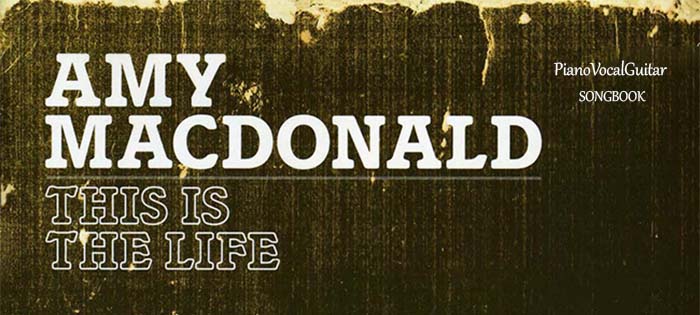

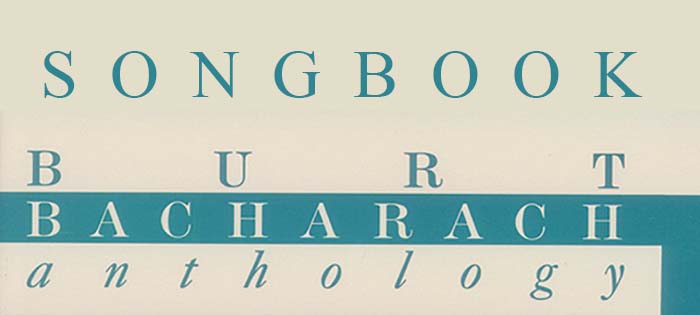
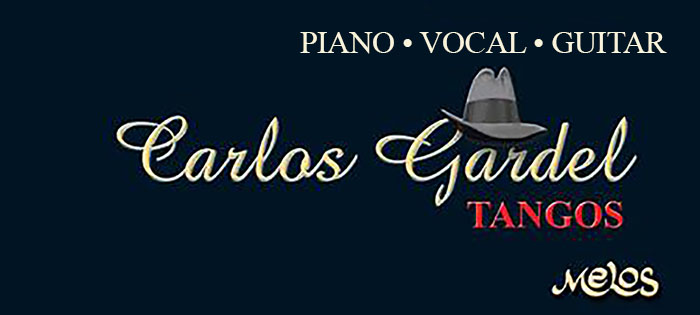







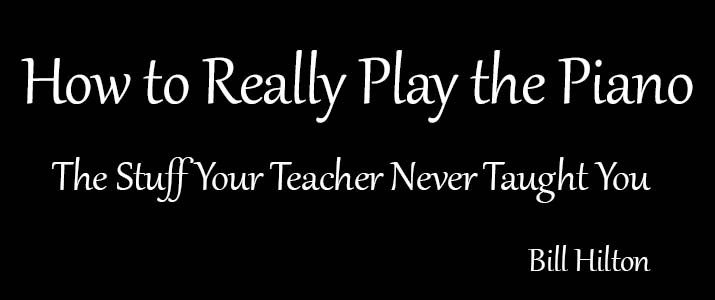
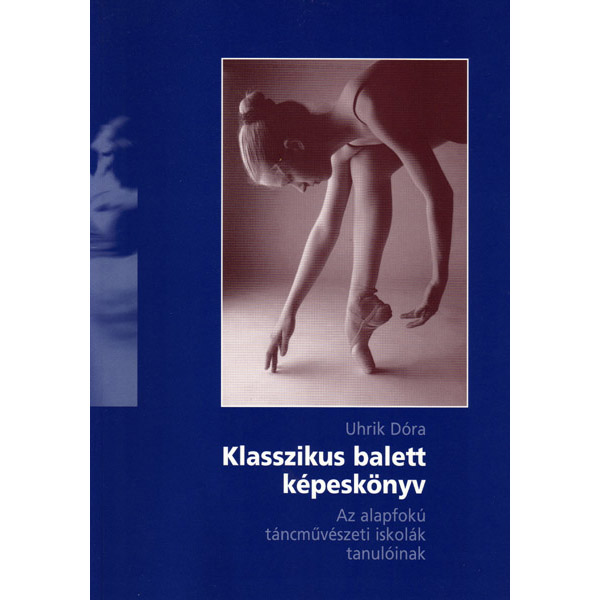
 English (US) ·
English (US) ·  Hungarian (HU) ·
Hungarian (HU) ·